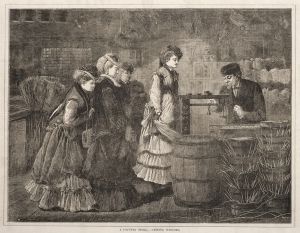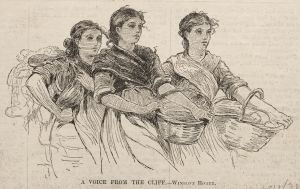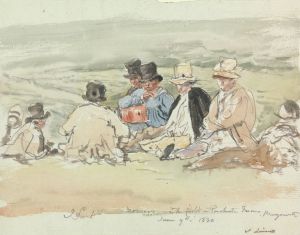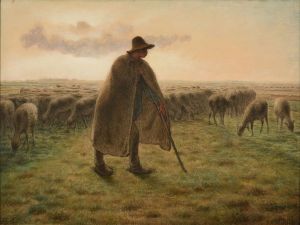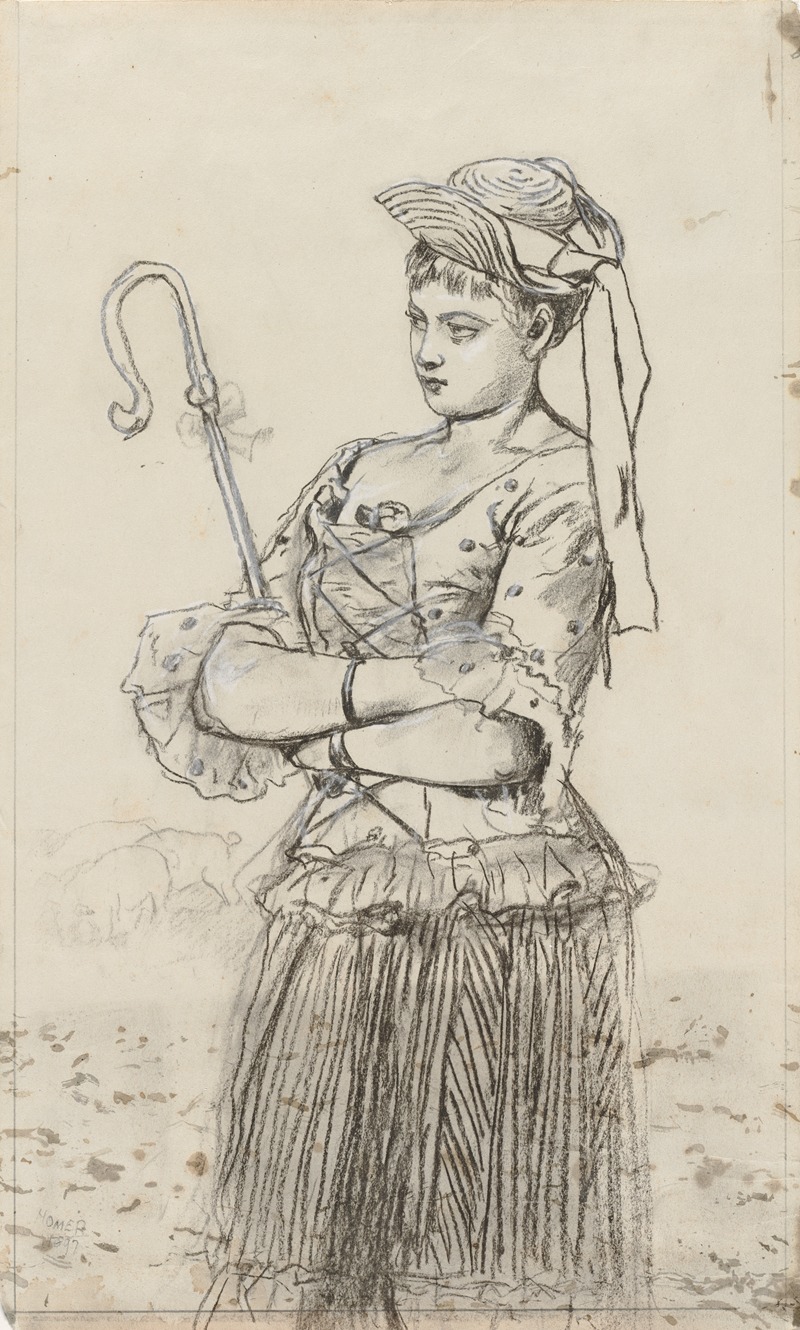
Shepherdess
A hand-painted replica of Winslow Homer’s masterpiece Shepherdess, meticulously crafted by professional artists to capture the true essence of the original. Each piece is created with museum-quality canvas and rare mineral pigments, carefully painted by experienced artists with delicate brushstrokes and rich, layered colors to perfectly recreate the texture of the original artwork. Unlike machine-printed reproductions, this hand-painted version brings the painting to life, infused with the artist’s emotions and skill in every stroke. Whether for personal collection or home decoration, it instantly elevates the artistic atmosphere of any space.
Winslow Homer, an influential American artist known for his realistic depictions of 19th-century life, created "Shepherdess" in 1878. This painting is an example of Homer’s transition from his earlier career as an illustrator to his later work as a painter focused on rural and coastal scenes. "Shepherdess" reflects Homer’s interest in pastoral themes and his ability to capture the quiet dignity of everyday life.
The artwork depicts a young woman standing in a field, holding a shepherd’s crook. She is dressed in simple, modest clothing, which aligns with Homer’s frequent focus on ordinary people rather than idealized figures. The setting is a serene, open landscape, with soft, natural light illuminating the scene. The composition emphasizes the harmony between the figure and her environment, a hallmark of Homer’s work during this period.
"Shepherdess" was created during Homer’s time in Cullercoats, a coastal village in England, where he lived from 1881 to 1882. However, the painting itself predates this period and is more closely associated with his earlier works inspired by rural American life. It is part of a broader series of paintings and watercolors that explore themes of labor, solitude, and the relationship between humans and nature.
The painting is executed in oil on canvas, showcasing Homer’s skillful use of color and texture to convey mood and atmosphere. His brushwork is both precise and expressive, capturing the details of the figure’s clothing and the surrounding landscape while maintaining a sense of immediacy and vitality.
"Shepherdess" is held in the collection of the Museum of Fine Arts, Boston. It is considered an important example of Homer’s early exploration of themes that would come to define his later work. The painting reflects the influence of European art traditions, particularly the Barbizon school, which emphasized the beauty of rural life and the natural world.
Winslow Homer’s "Shepherdess" continues to be celebrated for its quiet beauty and its ability to evoke a sense of timelessness. It remains a testament to Homer’s talent for capturing the essence of his subjects with sensitivity and depth.











